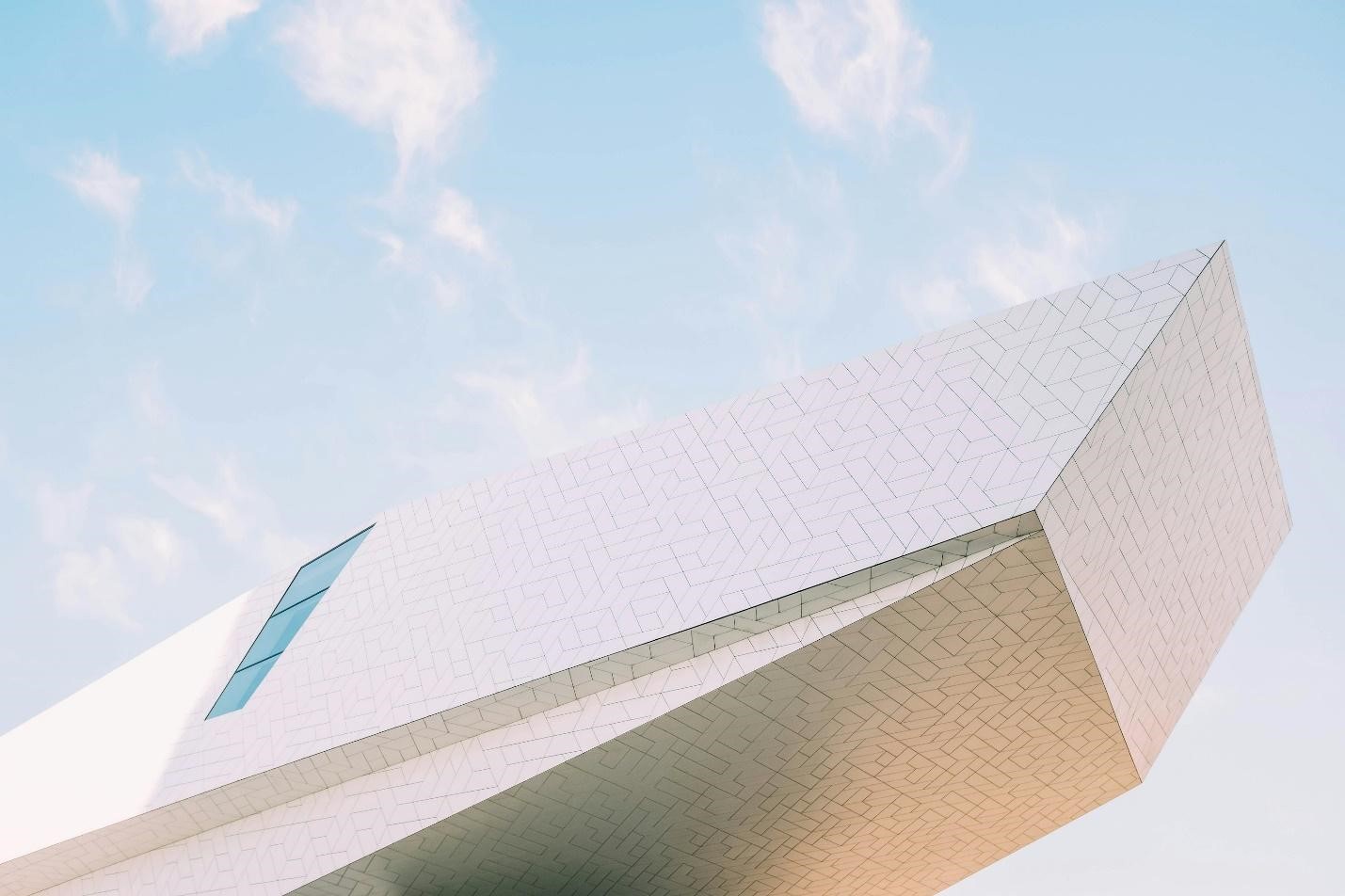
The debate between aesthetic and functional values in skylight design is ongoing. Skylights enhance a building's appearance and bring practical benefits. But what does it do more? Is the investment really worth it in the end?
Many argue that skylights have more of an aesthetic appeal compared to a functional appeal, while others suggest that the value addition in terms of function is the primary reason why they get commercial skylights installed in the first place. The ultimate decision regarding the function and aesthetic debate worldwide is uniquely positioned.
In this article, we will examine both aspects, determining whether skylights are more of an aesthetic or functional addition to the property. We will also consider how manufacturers balance the two, especially in complex settings.
Aesthetic Values of Skylights
- Natural Light and Ambiance: Skylights flood spaces with natural light, creating a warm and inviting atmosphere. This improves mood and productivity, making spaces feel more open and connected to the outdoors.
- Architectural Appeal: Skylights add a modern, elegant touch to any structure. They break up monotonous rooflines and create visual interest, making buildings stand out.
- Enhanced Interior Design: Designers use skylights to highlight specific areas, such as atriums, living rooms, or stairwells. This creates focal points and enhances the overall aesthetic of the interior.
- Sky Views: Skylights provide unobstructed views of the sky, allowing occupants to enjoy natural phenomena like clouds, stars, and sunlight. This connection to nature can be soothing and inspiring.
- Space Illusion: In smaller rooms, skylights can create an illusion of space. The influx of natural light makes rooms appear larger and more open.
Functional Values of Skylights
- Energy Efficiency: Skylights reduce the need for artificial lighting, lowering energy consumption and costs. They also provide passive solar heating during colder months, reducing heating expenses.
- Ventilation: Some skylights are designed to open, allowing fresh air to circulate and improving indoor air quality. This natural ventilation reduces reliance on air conditioning and promotes a healthier living environment.
- Daylight Harvesting: Skylights enable daylight harvesting, a strategy that uses natural light to minimize electrical lighting use. This is particularly beneficial in commercial buildings, where lighting accounts for a significant portion of energy use.
- Sustainability: Skylights contribute to a building's sustainability by reducing energy consumption and enhancing natural ventilation. They help lower carbon footprints and align with green building practices.
- Safety and Security: Modern skylights are made with durable materials like laminated or tempered glass, ensuring they are safe and secure. They can withstand extreme weather conditions and provide additional security against intrusions.
Aesthetic vs. Functional Debate
The Aesthetic Perspective:
Proponents of aesthetics argue that skylights' visual appeal can transform a building. They believe the right design can elevate a space's ambiance, making it more enjoyable and inspiring.
For architects and designers, the challenge is to create skylights that not only look beautiful but also integrate seamlessly with the building's style. This often involves using custom shapes, sizes, and materials to achieve the desired effect.
Aesthetically pleasing skylights can also add value to a property, making it more attractive to potential buyers or tenants.
The Functional Perspective:
Those who prioritize functionality emphasize the practical benefits of skylights. They argue that the primary purpose of a skylight is to improve a building's performance, whether through energy savings, improved air quality, or enhanced occupant comfort.
Functional skylights are designed with features like thermal insulation, UV protection, and rain sensors to maximize their efficiency and effectiveness. From this perspective, the design should focus on optimizing these features, even if it means sacrificing some aesthetic elements.
Balancing Aesthetics and Functionality
Primary Design Considerations
Manufacturers face the challenge of balancing aesthetics and functionality in skylight design. This involves making strategic decisions about materials, shapes, and installation methods. For example, a manufacturer might choose a sleek, low-profile design to enhance the building's appearance while ensuring that the skylight provides adequate insulation and protection against leaks.
Technological Advancements:
Advances in technology have made it easier to balance aesthetics and functionality. For instance, modern skylights use high-performance glazing materials that offer excellent thermal insulation without compromising transparency.
Innovations like automated venting systems and smart glass also allow for greater control over light and ventilation, enhancing skylights' aesthetic and functional aspects.
Case Study: VTECH Skylights
VTECH skylights exemplify the successful balance of aesthetics and functionality. Their solid-state skylights are designed to be both visually appealing and highly durable. The one-piece injection-molded polyurethane casing ensures strength and leak-proof performance.
The shatter-proof glass inside provides clear, unobstructed views while providing the necessary insulation from the outside. This ensures that heat does not travel through the glass, which could lead to much higher heating and/or cooling costs for commercial spaces.
Our customizable skylights allow architects to achieve their desired aesthetic while meeting functional requirements.
The Debate Continues…
The aesthetic versus functional debate in skylight design is both right in its own way. However, with the invention and implementation of VTECH Skylight’s solid-state skylights, one of the biggest arguments against the functional aspect has been eliminated: durability.
Both aspects are crucial for creating skylights that enhance the beauty and performance of modern buildings. Manufacturers often need to balance design elements and technological advancements to ensure that the resulting skylight is the best of both worlds.
Ultimately, skylights that successfully integrate aesthetics and functionality can transform spaces, making them more enjoyable, efficient, and sustainable. By prioritizing both aspects, skylight manufacturers can meet their clients' diverse needs, delivering products that are both beautiful and practical.